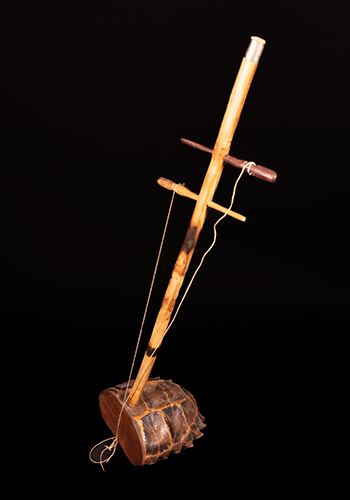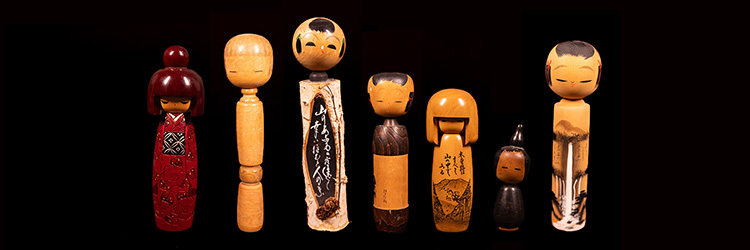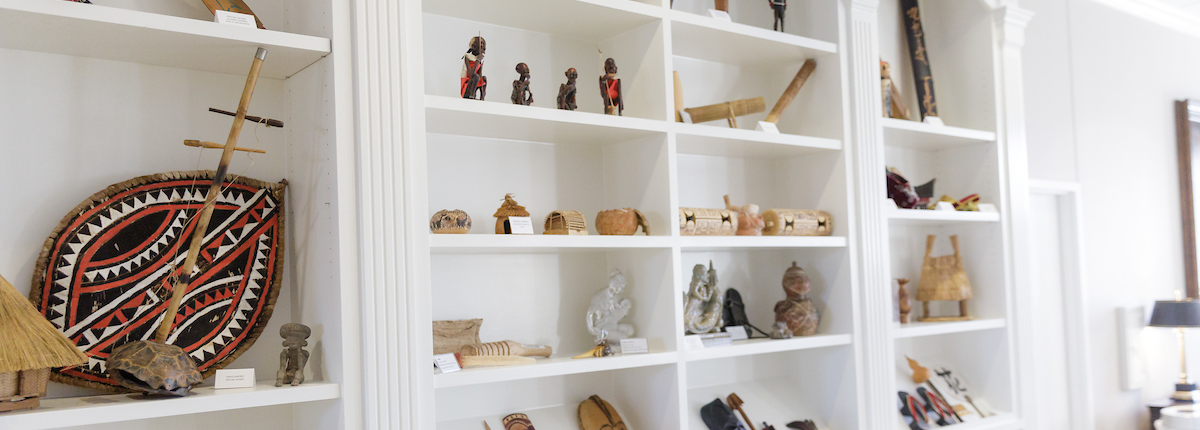East Asia
China
The People’s Republic of China is the world’s most populated state, with 1.83 billion people and the second largest state by area. Due to its large land mass, China has a wide degree of climate variation, including subtropical and tropical forests near the Equator, dry, mountainous areas and steppes further north, as well as areas of desert climate.
Chinese Tortoiseshell Erhu
An erhu is a traditional Chinese instrument that's over 4,000 years old. Usually, an erhu is made from rosewood or red sandalwood, and its strings are strung from horsetail hair. It plays almost like a cello, with the two strings being strung with a bow while the instrument sits in an upright position. However, the one we own is made from the shell of an impressed tortoise, and instead of strings, it has thin ropes. While no record of this instrument being made in this fashion exists, it is not uncommon for reptile skin to be used in the construction of an erhu, as the wooden sound box of an erhu is usually covered in the skin of a python. This is because python skin is incredibly tensile and can withstand intense pressure.

Japan
Japan is an island nation in East Asia made up of over six thousand different islands, but about four of those islands make up 90% of Japan’s land mass (Honshu, Hokkaido, Kyushu, and Shikoku). Japan’s climate is highly volcanic, with all of the islands having been formed by volcanic activity. As a result, most of Japan is forested and mountainous, which makes it difficult to use for agriculture or industrial activity.
Kokeshi Dolls
Kokeshi dolls are Japanese dolls primarily made in northern Japan. Traditionally, they are wooden, with a thin trunk body without arms or legs and an oversized head that uses a few lines of paint to define the face. The body of the doll generally has a floral design with yellow, red, or black paint. A more creative variant of the kokeshi doll emerged after World War II, which allow the doll-maker complete freedom in regard to the shape, color, and design of the doll. These dolls may have limbs and wildly different, brightly colored patterns and faces.

Kimono
The kimono is a traditional Japanese garment that is commonly used for special occasions or festivals, as well as for dressing the dead. It is a robe worn wrapped around the body, with the left side over the right, and secured with a sash, which is tied behind the back. They can range from elaborately embroidered and decorated, with brightly colored layers of silk, to plainer garments made of less flashy colors. Although the kimono garment is usually for women, some men also wear the kimono, especially for ceremonial events like weddings or tea ceremonies. Sumo wrestlers have also been known to wear kimonos, as they are required to wear formal clothing whenever they are in public.
Samurai
Samurai were Japanese nobleman soldiers, somewhat like the Western concept of knights. They are known today for their distinctive armor and weapons, as well as their strict code of honor. The katana is a well-known and highly regarded sword even to this day, but the two smaller curved blades that accompanied it, the wakizashi and the tanto, are also still widely made today.
Korea
Korea is a region of East Asia. Since 1945, Korea has been divided into two states, North and South Korea, due to political differences. Although separate states, the two areas are similar geographically. They both feature plains and mountainous terrain. The two states are also similar ethnically, with both states containing primarily ethnic Koreans who speak the same language.
Celadon Glaze
Celadon is a term used to describe both the green jade color used in pottery or greenware, and the type of transparent glaze, often featuring small cracks, that was used for the greenware. Although the art has its origins in China, it has made its way to both Japan and Korea.
Masks
Korean masks are a traditional art form in Korea that has many ceremonial purposes. They have been used by soldiers and even warhorses, burial rituals (these masks were covered in jade as a symbol of wealth), and shamanistic rituals. They also had a place in ritual dances and theatre. They come with black cloth attached to either side, meant to both cover the back of the head and imitate black hair. These masks could be made to mimic the faces of historical figures, like the theatrical masks, or to adopt grotesque facial expressions to evoke fear, as in the shamanistic masks.

